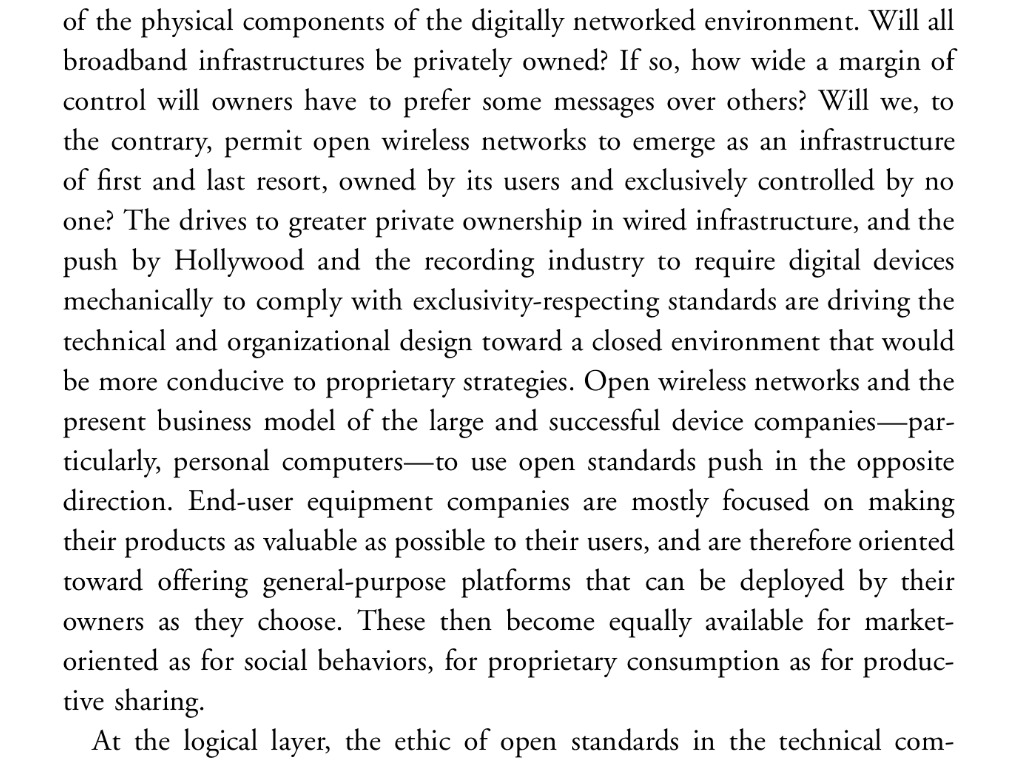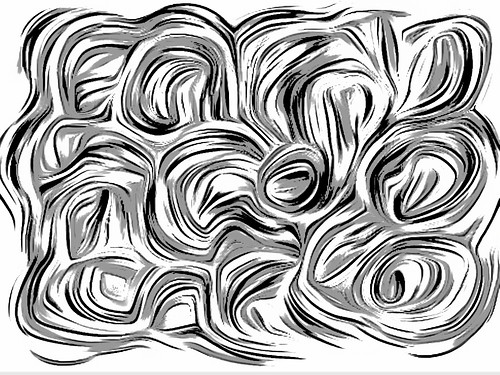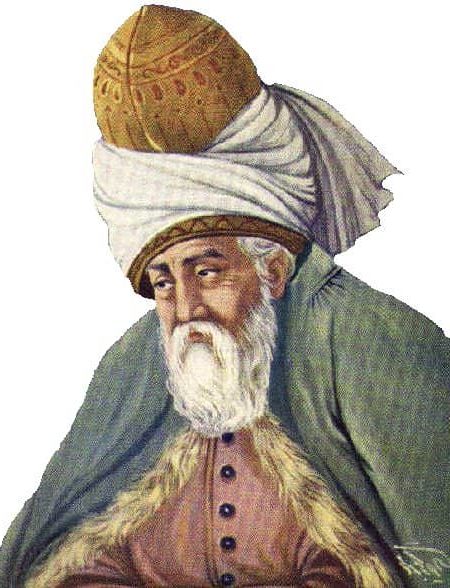Earlier version.
Infected
Drew this while I was I’ll and nauseous.
This is the version I like, but it has earlier iterations I’ll post here & past into this post.
This is certainly not like we thought it was! – Rumi
Continue reading “This is certainly not like we thought it was! – Rumi”
http://pinterest.com/landing/
Simpler, more beautiful blogging
Howard Rheingold – Net Smart
Net Smart
The future of digital culture—yours, mine, and ours—depends on how well we learn to use the media that have infiltrated, amplified, distracted, enriched, and complicated our lives. How you employ a search engine, stream video from your phonecam, or update your Facebook status matters to you and everyone, because the ways people use new media in the first years of an emerging communication regime can influence the way those media end up being used and misused for decades to come. Instead of confining my exploration to whether or not Google is making us stupid, Facebook is commoditizing our privacy, or Twitter is chopping our attention into microslices all good questions, Ive been asking myself and others how to use social media intelligently, humanely, and above all mindfully. This book is about what Ive learned.
via Howard Rheingold | Exploring mind amplifiers since 1964.
Howard Rheingold

An experiment in automatic drawing
I put myself in a receptive state of mind and let my hand just move without attempting to direct it, Ouija-board style.
This is in the tradition … Mark Toby, Jackson Pollock, letting nature come through … nature’s handwriting.
Can the Internet commons survive?
This was from Yochai Benkler http://benkler.org/ Wealth of Networks 2005 pre iOS – which defies the comment about the tendency for oprn devices.

via Flickr http://flic.kr/p/bBN6CH
Ifttt

via Flickr http://flic.kr/p/bBN38a





 Amazon
Amazon